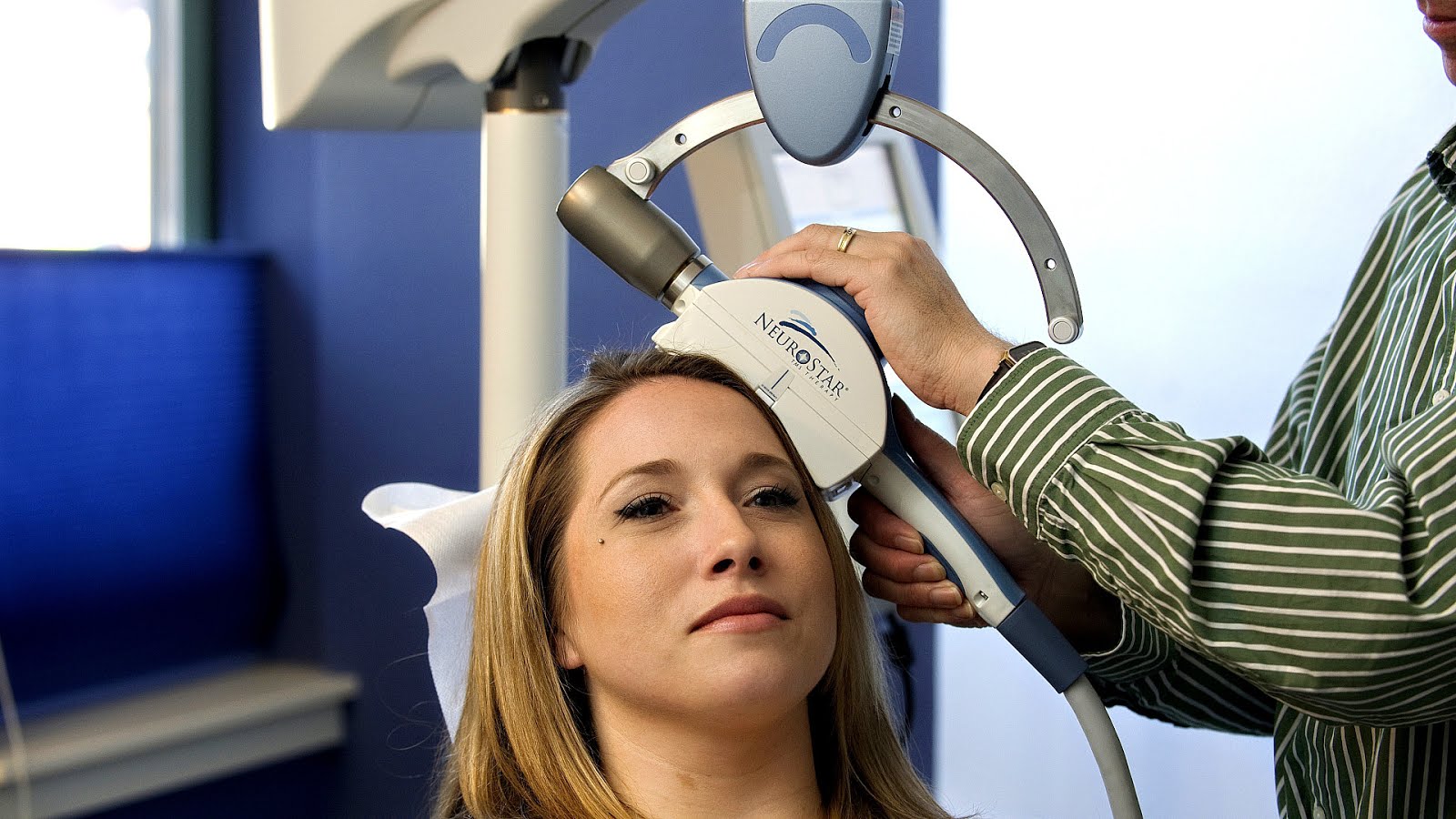Examine This Report about CES Technology for Depression and Anxiety: Is it Right For

Impacts of cranial electrotherapy stimulation on resting condition brain activity Associated Data Abstract Cranial electrotherapy stimulation (CES) is a U.S. Food and Drug Administration (FDA)-approved procedure for insomnia, anxiety, and stress and anxiety being composed of pulsed, low-intensity current administered to the earlobes or scalp. This has been presented to decrease sleeping problems through as much as 20 percent over the training course of 6 months on duplicated EEG stimulation (20).
Despite pragmatic evidence of medical effectiveness, its mechanism of action is greatly unidentified. The majority of recent assessments and meta-analyses have linked it along with therapeutic use. The existing consensus is that it may benefit clients along with anxiety disorders through reducing indicators, cognitive deficits, and total self-consciousness. It also proposes that it might also have helpful clinical applications that may ultimately lead to remodelings in anxiety-related top quality of lifestyle.
The objective was to define the severe impacts of CES on resting state mind task. The current research utilized this brand-new approach to characterize adjustments in brain activation evaluated in feedback to the first 15 s-3 of the exercise protocol (Figure ). However, various other studies have disclosed that the boost of resting condition activity has been affiliated with adjustments in the amplitude of spontaneous power task, but the evidence is not clear. This Is Cool would further look into how the present findings use to these topics.

Our major theory was that CES would result in deactivation in cortical and subcortical regions. The functional activity was observed for many hrs as well. Although the study was carried out in a big population, the outcome were consistent along with that monitored in computer mice and in humans. Our major seeking along with respect to deactivation is that the left cortical hemisphere does not show up to be entailed in the activity of the hippocampal cingulate, yet the very same system is proposed in individual minds.
Eleven healthy and balanced controls were provided CES applied to the earlobes at subsensory thresholds while being scanned along with operational magnetic resonance image resolution in the resting state. Animals were separated into four various groups and dental implanted in the pre-frontal pallium, occipital gyrus, cingulate cortex, and brain. After 3.5 full weeks of management of these four treatments, a notable notable decrease in electrical task came after 3.5 weeks postpartum.
We checked 0.5- and 100-Hz stimulation, using blocks of 22 sec “on” alternating with 22 sec of baseline (gadget was “off”). In the initial health condition, the volume of stimulation in the preload was determined in moments by dividing the amount of stimulation blocks all over 4 (n = 7); the regularity of each block was pointed out by calculating the variety of blocks per next.
The primary result step was distinctions in blood air amount dependent information connected along with the unit being on against standard. The present research found to take a look at whether the devices could properly and continually establish the quantity of carbon dioxide dioxide existing in urine for pee samples of tobacco smokers and unsmokers. We likewise evaluated distinctions in the distribution of baseline overall carbon dioxide concentrations and urine selection of tobacco smokers utilizing a set of 10 dichotomous examination data collection.
The secondary outcome step were the impacts of stimulation on connection within the nonpayment mode, sensorimotor, and fronto-parietal networks. The practical connectivity was found to be strong as both left (mutual reciprocal) and ideal (bellum reciprocal) networks revealed similar connectivity around the various subcortical nodes (Fig. 2A). Number 2 Open in number viewerPowerPoint Locations within the nonpayment setting that moderate learning, connection in the left posterior, and the appropriate after.
Both 0.5- and 100-Hz excitement led in substantial deactivation in midline frontal and parietal regions. This in turn might have resulted in modified actions. In one more study, an MRI examination of subjects with mental illness disclosed enhanced account activation of left medial prefrontal and frontal regions (Hernández et al., 1998). However, no considerable variation was discovered between stimulation amounts in the left substandard and appropriate insula, prefrontal and striatum, or between frontal and supplemental regions.
100-Hz stimulation was connected along with both rise and lower in connection within the default mode system (DMN). The DMN was additionally disclosed to supply a standard of account activation in the nonpayment mode system from the low input market value, showing a higher level of connectivity for connectivity outside the nonpayment method system in reaction to the excitement. We noticed a steady bad correlation for both DLPFC [11] and ACC [12-14] DMN activation among rodents.
Outcome propose that CES creates cortical human brain deactivation, with a comparable pattern for high- and low-frequency stimulation, and modifies connectivity in the DMN. The task in the DMN may be interfered with, and this outcome advises that an irregular condition might not be as a result of to high-stimulus excitement, but rather to high-frequency stimulation, which might likewise generate a decrease in connection and other mind systems after being activated. We have additionally advised that higher-frequency excitement might be much less reliable.
